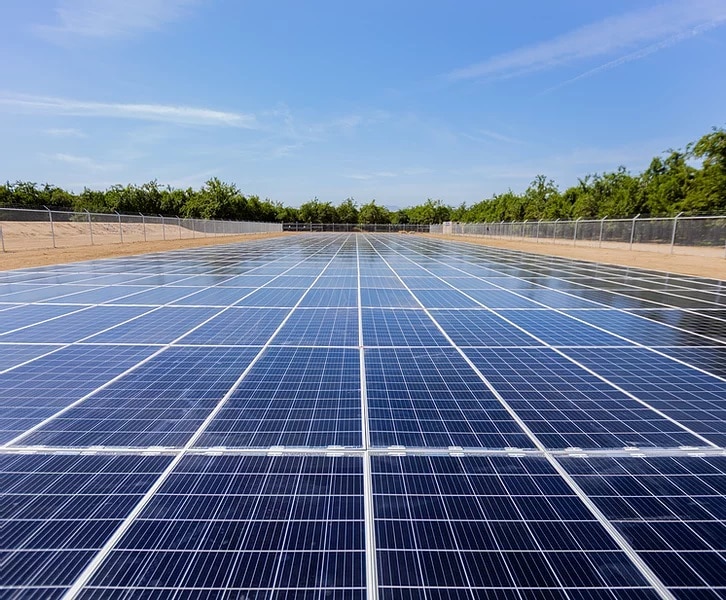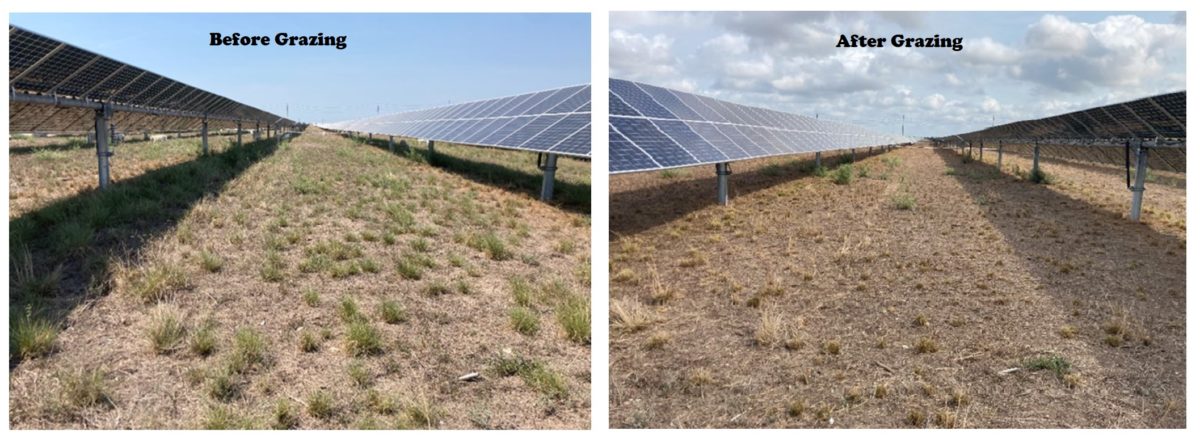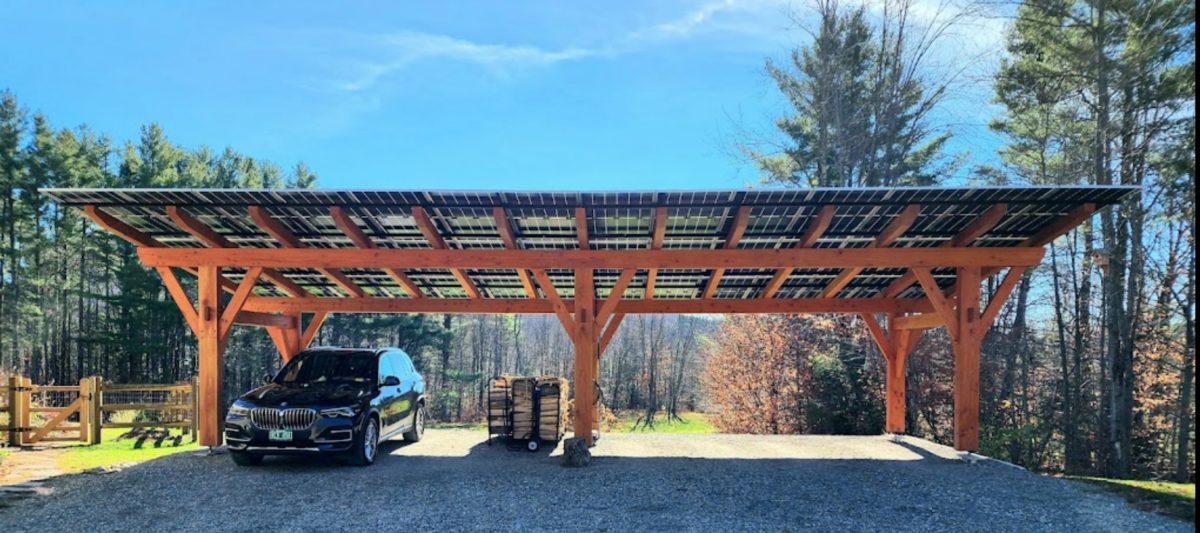
Credit Suisse Predicts Renewable Energy That Is "Too Cheap To Meter" By 2025
Credit Suisse believes the Inflation Reduction Act will have a much larger effect on the transition to renewable energy that most believe.
Credit Suisse says the Inflation Reduction Act will have such a tremendous impact on renewable energy that the US may see the levelized cost of electricity from renewable sources fall to less than 1 cent per kWh hour by 2025 after factoring in all tax and production credits.
We are all witnesses to a tipping point in human history. There is a giant nuclear reactor in the sky that supplies all the energy the Earth needs to meet its needs. All we have to do is harvest it. (Winds are also a product of the energy we get from the sun.) Some may quibble that the US should not be telling the rest of the world what to do and there is merit to that argument, but nevertheless, it does have an outsized influence on other nations.
The U.S. is ‘poised to become the world’s leading energy provider,’ according to the bank. America is already the world’s largest producer of oil and natural gas. The IRA could further enhance its advantage in all forms of energy production, giving it a ‘competitive advantage in low-cost clean electricity and hydrogen production, infrastructure, geologic storage, and human capital,’ the report states. By 2029, U.S. solar and wind could be the cheapest in the world at less than $5 per megawatt-hour, the bank projects. It will also become competitive in hydrogen, carbon capture and storage, and wind turbines.














